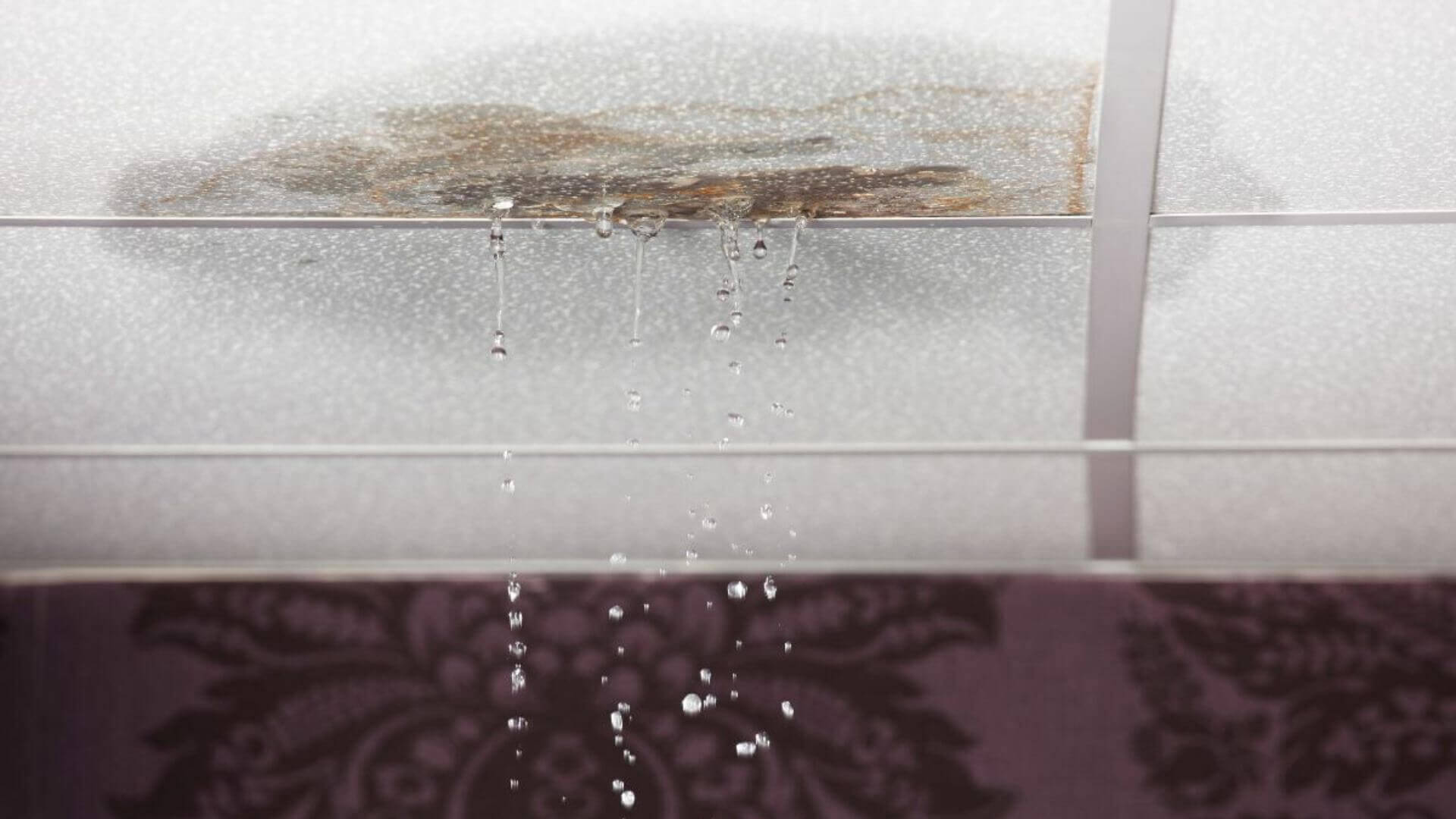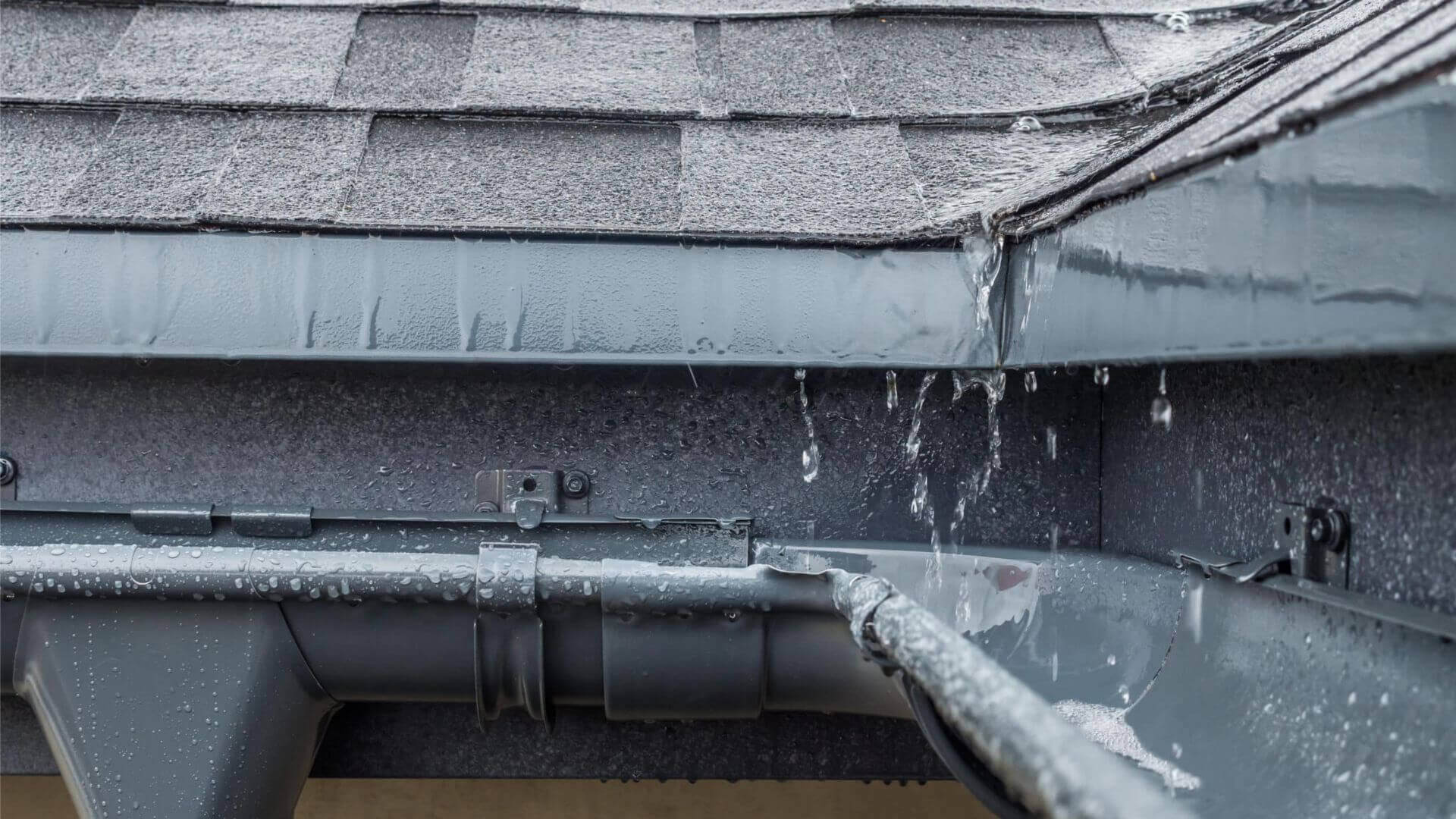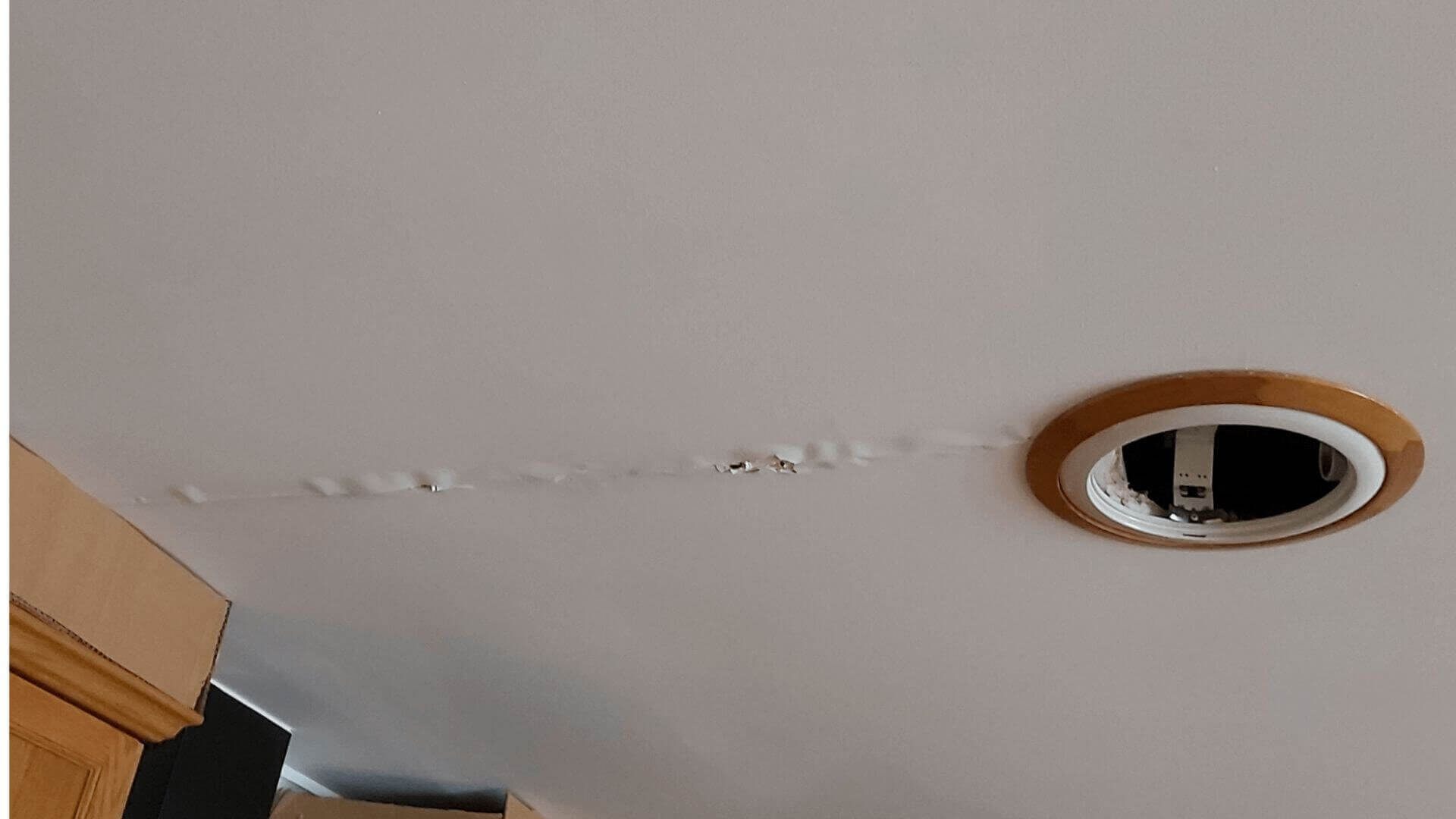Properly addressing leaking ceiling and gutter repairs is crucial for homeowners to avoid further structural risks, health hazards, and potential electrical dangers. A leaking ceiling can lead to significant inconvenience and damage, making it a homeowner's worst nightmare. This comprehensive guide will explore the dangers of a leaking roof and offer actionable steps for practical solutions.
Leaking ceilings often occur due to damaged or clogged gutters. If you notice water seeping through your roof, it might indicate gutter issues. In such cases, professional gutter repair or replacement servicesmay be required to prevent the problem from worsening.
Roof repairs are also essential when dealing with a leaking ceiling. Damaged or missing roof tiles can allow water to infiltrate the interior of your home, leading to potential leaks and subsequent damage.
To safeguard your property and ensure a dry, secure environment, it is crucial to promptly address gutter repairs, gutter replacements, and roof repairs. Taking action early can save you from expensive repairs and protect your home from further damage.
Common Causes Of A Leaking Ceiling
A leaking ceiling can be attributed to several factors requiring prompt attention to prevent further damage and potential hazards.
Understanding the common causes, homeowners can take proactive measures to address these issues effectively.
Let's explore the primary culprits behind a leaking ceiling.

Damaged Roof Tiles
One of the leading causes of a leaking ceiling is damaged or deteriorated roof tiles. Over time, exposure to harsh weather conditions can cause tiles to crack, warp, or become loose, allowing water to penetrate the roof.
That is why ensuring the installation of a high-quality roof is of the utmost importance. Minor repairs or a complete roof replacement may be necessary to address this issue effectively.
Clogged Gutters
Gutters are crucial in channelling rainwater away from the roof. However, when gutters become clogged with debris, such as leaves, twigs, or dirt, they can overflow, leading to leaking gutters and water seeping into your ceiling.
Regular gutter maintenance and cleaning are essential to prevent blockages and ensure proper water flow. You may need to consider gutter repair or replacement if your roof and gutter system are old or damaged.
Improper Installation
Sometimes, a leaking ceiling can be traced back to improper installation of roofing materials or gutters.
If the roof or gutters are not installed correctly, gaps, loose fittings, or inadequate sealing can create pathways for water infiltration.
Heavy Rainfall
During heavy rain, the volume of water can exceed the capacity of gutters and downpipes. This water overload can cause overflow and spillage, leading to leaks in the ceiling.
Upgrading to larger or more efficient gutters and downpipes can help mitigate this problem.
Age and Wear
Roofs and gutters naturally deteriorate over time due to aging and wear. When your roofing has constant exposure to the elements, it can weaken materials, causing them to crack, corrode, or degrade.
Regular inspections and proactive maintenance are essential to identifying and addressing any signs of wear before they lead to a leaking ceiling.
Structural Risks And Damage Caused By A Leaking Ceiling
A leaking ceiling can pose significant risks to a building's structural integrity. Ignoring the issue or delaying repairs can lead to severe consequences, including compromised safety and costly damage.
Let's explore the potential dangers associated with a leaking ceiling.

Structural Damage
When water infiltrates the ceiling, it can gradually seep into the structural components of the building. Over time, this moisture can cause wood beams, joists, and trusses to weaken and rot. In extreme cases, compromised structural elements can lead to sagging ceilings, shifting walls, and even structural collapse.
Compromised Integrity
A leaking ceiling can compromise the overall integrity of the building. Moisture from the leak can permeate other building materials, such as insulation and drywall.
When exposed to moisture for prolonged periods, roofing materials can deteriorate, lose their effectiveness, form cracks and holes, and become breeding grounds for mould and mildew.
Mould and Mildew Growth
Moisture from a leaking ceiling creates an ideal mould and mildew growth environment. Mould can spread quickly and release airborne spores, posing health risks to occupants, particularly those with respiratory issues or allergies. Additionally, mould can cause further damage to the structure and require extensive remediation.
Electrical Hazards
Water and electricity are a dangerous combination. A leaking ceiling puts electrical wiring and fixtures at risk of exposure to water, leading to potential short circuits, electrical fires, or appliance damage. It is crucial to shut off electricity in affected areas and seek professional assistance to ensure electrical safety.
Decreased Property Value
Untreated leaks from your roofing, gutters and downpipes can result in structural damage and significantly reduce the value of a property. The prospect of costly repairs and potential hidden damages often deters buyers. Addressing a leaking ceiling promptly and professionally is essential to maintain the property's value.
Signs And Identification Of A Leaking Ceiling
Identifying a leaking ceiling early on is crucial to preventing further damage and addressing the underlying issue promptly. Recognising the signs of a leak can help you immediately seek professional assistance.
Here are some common indicators that may suggest a leaking ceiling in your house:

Water Stains
Water stains on the ceiling are a telltale sign of a leak. Look for discoloured patches or rings on the ceiling surface, often brown or yellowish. These stains may expand over time if the leak continues, indicating ongoing water infiltration.
Bulging Or Sagging Ceiling
A leaking ceiling can cause the affected area to bulge or sag. This occurs when water accumulates and saturates the ceiling materials, causing them to lose structural integrity. If you notice any irregularities or deformities on your ceiling, it may indicate a hidden leak.
Musty Odours
A leaking ceiling often produces mould and mildew, emitting a distinctive musty smell. If you detect an unpleasant and persistent odour in a specific area of your house, especially near the ceiling, it is essential to investigate the source promptly.
Dripping Water
In more severe cases, you may notice visible water drips or puddles forming on the floor beneath the ceiling. This is a clear indication of an active leak that requires immediate attention.
Peeling Paint or Wallpaper
Excessive moisture from a leaking ceiling can cause paint or wallpaper to peel, bubble, or blister. Observing these signs along the walls adjacent to the ceiling may indicate water damage from a leak.
Water Damage on Walls
Leaking water can travel along the path of least resistance and affect adjacent walls. Look for signs of water damage, such as discoloured or bubbled paint, dampness, or stains on the walls near the ceiling. Early detection and timely action can prevent further damage to your property and ensure a safe and healthy living environment.
The Benefits Of Professional Repair And Prevention
Whether you require gutter replacements, downpipe repairs, regular cleaning and maintenance, a gutter and downpipe inspection, or your entire roof replacement, our team is equipped to handle it all with industry-leading knowledge and top service.
We work with residential properties across the Gold Coast, offering services tailored to your needs with high-quality workmanship. We can promptly service a full range of roof and gutter needs, doing a fantastic job at competitive pricing so you don't need to worry about your roof for a minute longer.
Don't let a leaking ceiling jeopardise the safety and integrity of your home. Contact A.I Gutter & Roofing today for a comprehensive assessment and expert assistance.
We provide free, no-obligation quotes so that you can decide about the necessary repairs and prevention measures and choose the most cost-effective solution for your new gutters or roof. We pride ourselves and have built our reputation on providing our customers with a full range of roof, gutter, and downpipe services.
Trust our fully licensed professionals, who prioritise your satisfaction and deliver reliable, high-quality solutions. Contact us for your obligation-free quote today.
FAQs
Why are downpipe repairs important?
Downpipe repairs are crucial to maintain proper drainage and prevent water damage to your property. They help channel rainwater away from your building's foundation and walls, safeguarding against potential structural issues and dampness.
Why are gutter repairs and gutter replacement important?
Gutter repairs and gutter replacement are essential to ensure proper water drainage and prevent water damage to your home. Damaged or clogged roofing and guttering can lead to water overflow, causing structural issues and potential water infiltration into the building.
Where can I find professional help for roof and gutter repairs and replacement?
You can seek assistance from licensed roofing and guttering specialists, like our Gold Coast team, who offer gutter repair and replacement services. Look for experienced contractors with a track record of quality work and positive customer reviews.
How long does it typically take to install new gutters?
The duration of installing new gutters depends on various factors, such as the size of your home, the gutter system's complexity, and the installation crew's expertise. Generally, gutter installation can be completed within one to three days. Please speak to our Gold Coast team for a free quote.




